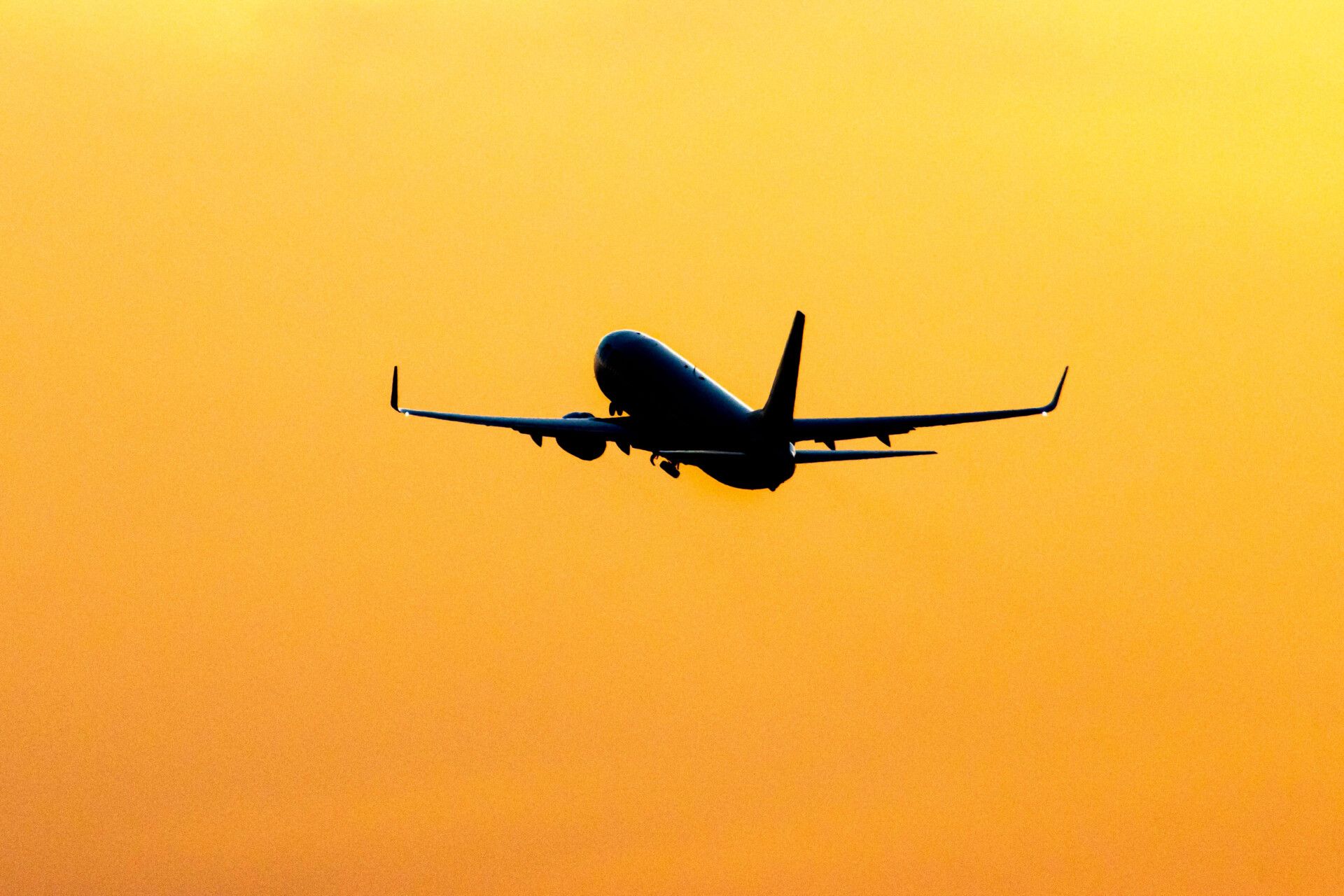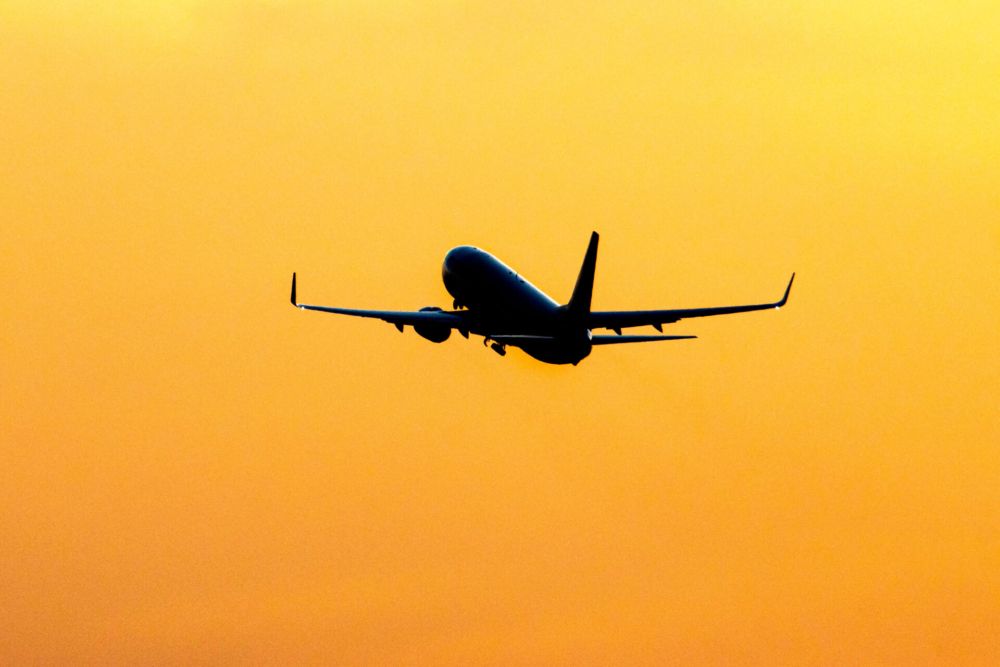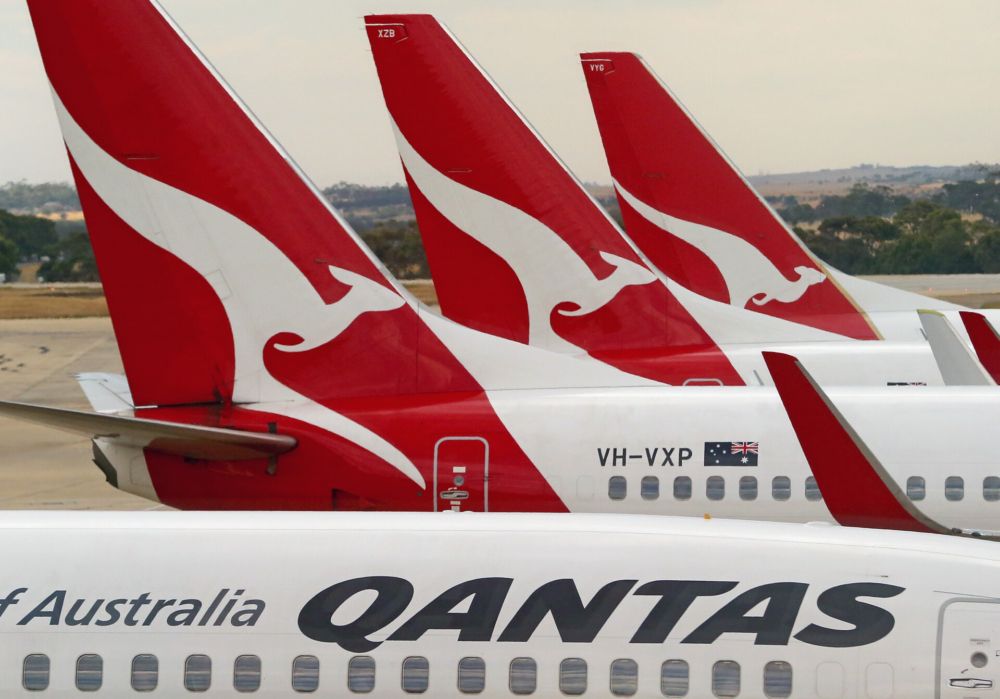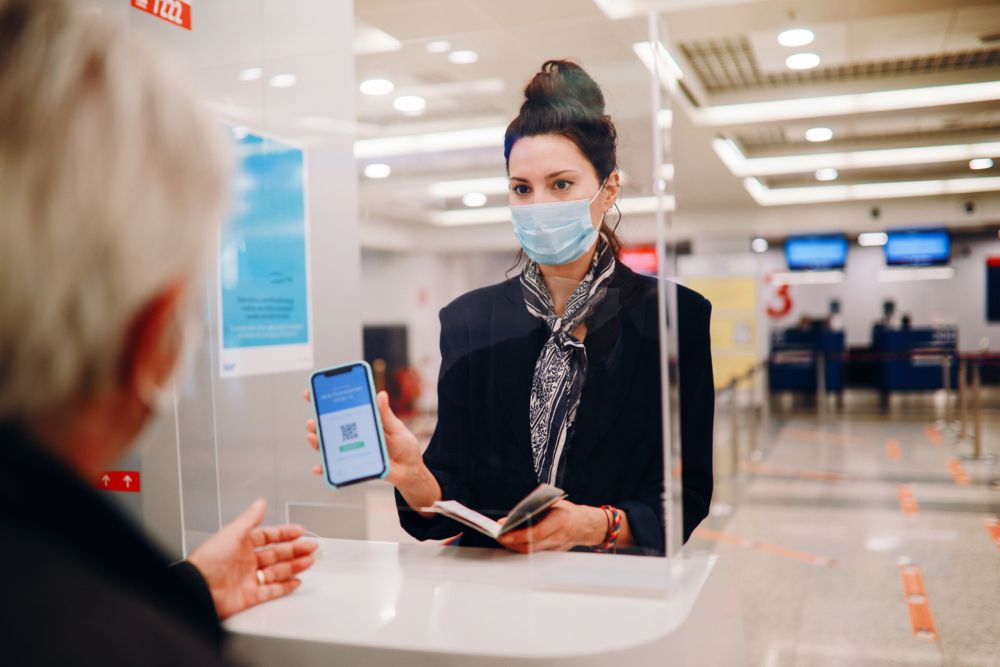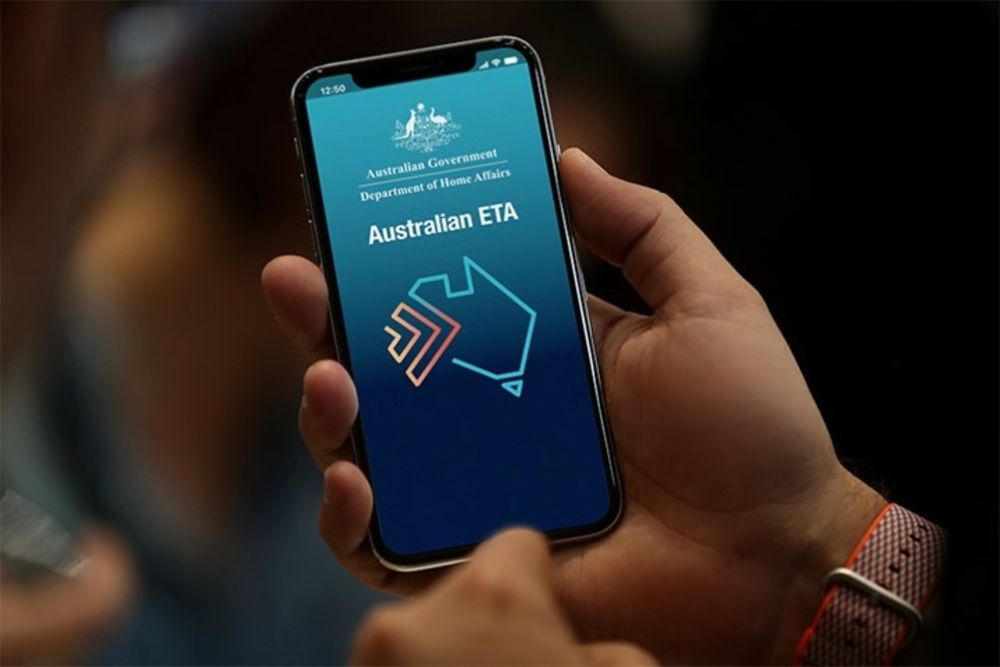After such a prolonged period of border closures and stringent restrictions, governments have been relaxing conditions in recent months due to the adoption of modern technology. There have been some notable scares this week amid the rise of virus cases around the world. With this in mind, how can countries keep people traveling safely and smoothly?
Adapting to the conditions
During the passenger downtime, the aviation industry and authorities were just about keeping on top of checking requirements such as testing, vaccination, and quarantine. However, with people returning to the skies at a rapid rate, stakeholders needed to turn to tech to help handle the lengthy processes. In a bid to help with these procedures, SITA, the IT provider for the air transport industry, launched a free Digital Health Declaration solution earlier this month.
Simple Flying caught up with Andy Smith, Director, Global Government & Industry Relations, to learn more about this crucial initiative. At a base level, the platform is available to governments free of charge and allows passengers to share required travel and health documentation with officials before traveling.
SITA highlights that it has pivoted and recognized that while all governments need health status information and declaration information on who wants to travel to their country, there's a breadth of sophistication and complexity that the governments want. Some nations, such as Australia, desire the full authority to travel.
Ultimately, they want their case management system and business rules engine built into the declaration and attestation to enable them to make positive decisions. They also wish for these factors to link to ‘denied at boarding’ capabilities, where regulation allows so that they can conduct checks before somebody even gets on an aircraft.
Different requirements
Other governments, however, seek a more simple approach. They want just a traveler to declare their status of information. Sometimes this is enforceable by criminal sanctions or by penalties if somebody falsely declares.
“Rather as we have at the moment when a passenger applies for an ESTA when they enter a country, and they have to complete customs or immigration declarations, it's a one-way transfer of information. Then there are hybrids between the two, and that's what SITA has done with Digital Travel Declaration. We created three tiers of service. Entry-level is that simple but powerfully functional capability to get information from travelers to governments and issue them receipts. That's the solution that we are offering free of charge to governments, no strings attached, for 12 months," Smith told Simple Flying.
“We recognize that some governments will want additional functionality. So, in our enhanced level of Digital Travel Declaration, we have the ability to add verifiable sources of data. As well as the declaration capability that is there, this evolves into the enhanced level that gives us the ability to interface into flight schedules. Therefore, the client information can be verified, and it can take optical character recognition (OCR) of valid documents, such as ID cards or passports, and take the data from that to populate the declaration.
"We've also already worked with some of the health passport data providers. So, people like IATA Travel Pass, CommonPass, and AOKpass. We can pull data from there into the Digital Travel Declaration and give governments the verifying health status information that they want.”
Stay informed: Sign up for our daily and weekly aviation news digests.
Scaling it up
With the enhanced level, SITA created the interfaces to border automation. One of the challenges that immigration halls have is they haven't been able to use border automation in immigration gates effectively because of the need to check health status information. By using Digital Travel Declaration Enhanced, this automation can return to offer a much simpler process while improving the security and the safety of travelers.
At the elite level of the program, governments receive the full solution, which SITA has deployed for Australia. This is a notably configurable offering that could also lead to a security and immigration type of probe. So, if a government is considering what SITA calls Electronic Travel Authority (ETA), they could use the Digital Travel Declaration as a starting process for that and ultimately scale up to security and immigration travel authorization.
SITA also has an ‘advanced passenger processing’ denied at boarding capability, which it calls APP Protect. This tool was the world's first interactive API advanced passenger information solution that explores the border from departure airport to destination.
Overall, security checks are carried out as a passenger seeks to check-in, and if they don't have the right status, they can't board the aircraft. SITA has implemented this approach for two and a half decades with security and immigration. However, the group has pivoted it to enable denial of boarding based on somebody's health status or the lack of that information, where regulation allows.
These processes are based on existing operational interfaces. Therefore, no changes have been required to the airlines' operational interface as the company added minor changes to their back-end systems.
Covering all angles
The final aspect of the firm’s Health Protect ecosystem of solutions to help get the industry back traveling safely and securely is SITA Flex capability. Here, the organization can add health status information to existing boarding pass checks that are carried out as passengers use common-use infrastructure in the airport, such as check-in kiosks and bag drop environments, to create a much safer, simpler, and secure process.
With plenty of turns expected to come as the global health crisis continues, the aviation industry and travelers will be keen to avoid further border closures from occurring. Altogether, SITA is determined to assist not only governments, airlines airports, but most importantly, give the traveling public the confidence to start flying again.
What are your thoughts about SITA’s initiatives? What do you make of the prospects of the industry when it comes to health and security? Let us know what you think in the comment section.

